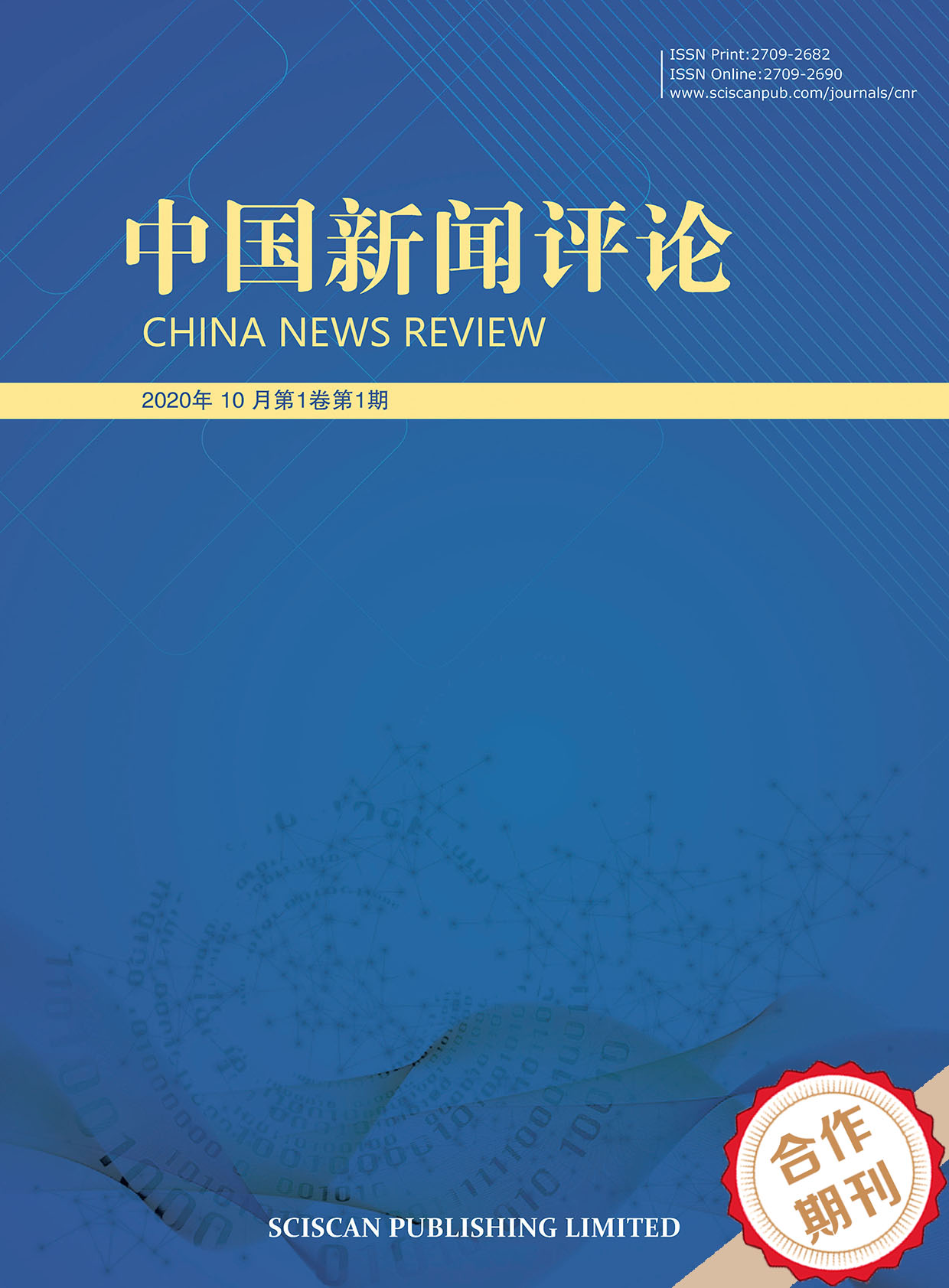China News Review
ISSN Print: 2709-2682
ISSN Online: 2709-2690
Contact Editorial Office
Subscribe to the latest published information from SCISCAN
晚清之变:大众传媒与中国近代文化领导权建设路径转型
A Change in the Later Qing Dynasty: Mass Media and the Transformation of the Construction Path of Chinese Modern Cultural Leadership
- Authors: 阳海洪
-
Information:
-
- Keywords: 晚清之变;大众传媒;文化领导权
- A change in the Later Qing Dynasty; Mass media; Cultural leadership
- Abstract: 由鸦片战争肇端的“晚清之变”,对中国古代社会一体化传播秩序形成了巨大冲击,重构了中国文化领导权的建设路径:(1)话语主体:知识分子;(2)话语渠道:近代报刊;(3)话语内容:新闻+言论;(4)话语对象:普通大众。晚清之变既是从“典籍中心(士人)”向“报刊中心(报人)”的传媒格局之变,更是从“治教一系”的一体化秩序向“政教两分”的文化权力秩序之变,塑造了全新的媒介景观。
- The Opium War led to the change in the Later Qing Dynasty, which had made a huge impact on the social order of integrated communication in ancient China, and reconstructed the construction path of Chinese cultural leadership: (1) Discourse subject: intellectuals; (2) Discourse channel: modern newspapers and periodicals; (3) Discourse content: news plus speech; (4) Discourse object: the general public. The change in the late Qing Dynasty was not only a change in the media pattern from the “classical center (literati)” to the “newspaper center (reporter)”, but also from the integrated order of “governing religion” to a culture of “divide between politics and religion”. This change in the power order had also shaped a new media landscape.
- DOI: https://doi.org/10.35534/cnr.0303009
- Cite: 阳海洪.晚清之变:大众传媒与中国近代文化领导权的建设路径转型[J].中国新闻评论,2022,3(3):83-93.














